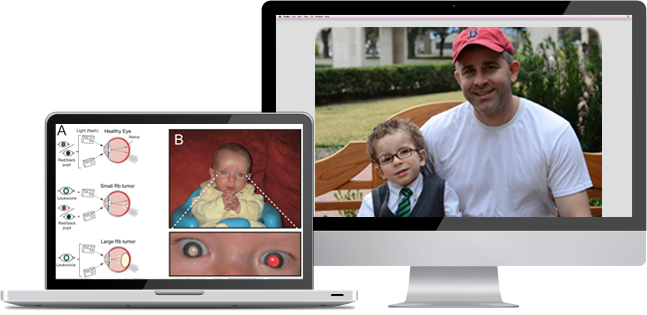
The Shaw research group is engaged in two different types of outreach activities to children and young adults who are visually impaired. The first project is utilizing rapid prototyping (3D printing) to generate atomically accurate models of proteins from the X-ray crystal structures that are deposited in the Protein Data Bank (see examples of calmodulin above). These models are being used in local school districts throughout central Texas to teach blind high school students about the dynamic nature of protein structure (specifically, protein allostery).

A second outreach project is more technical and is developing tools to improve a parent’s ability to detect retinoblastoma with consumer-based digital photography. Retinoblastoma is a devastating eye cancer that affects children under the age of five years. Retinoblastoma strikes ~8,000 children throughout the world each year and claims the lives of ~4000. The cardinal symptom of retinoblastoma is the appearance of leukocoria (“white eye”) in a recreational digital photograph. An example of a leukocoria in a photograph of a child with retinoblastoma is shown below. Unfortunately, by the time a parent begins to notice leukocoria, the cancer is so advanced that the eye is often enucleated.